In 30 mins we’ll show you how much ClariPhos® coagulant can save for your WWTP
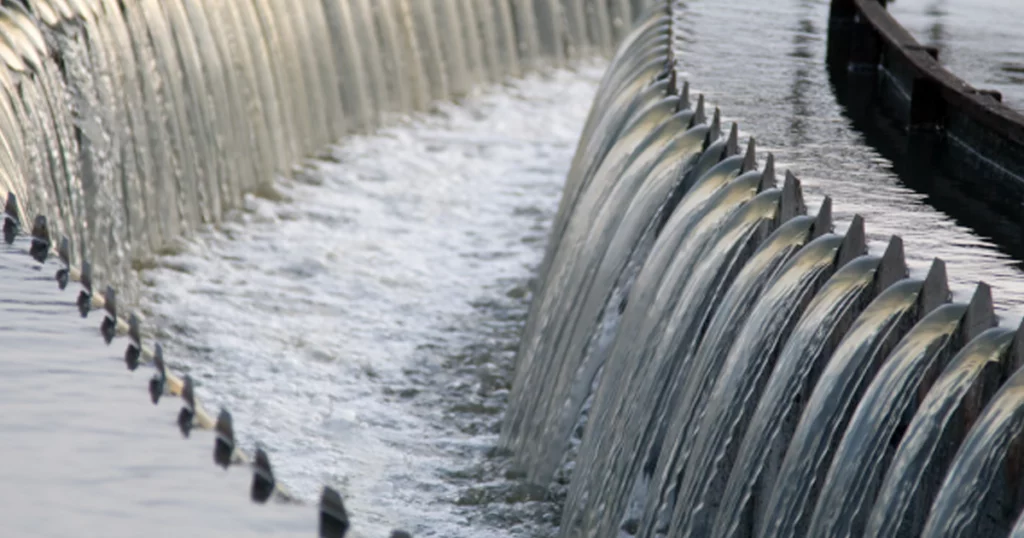
Lower dose rate, reduced sludge volume, better clarifier performance, improved phosphorus removal—these are just a few of the cost-saving benefits that ClariPhos® rare earth coagulant can bring to a wastewater treatment plant.
The cold reality of nitrification. Why aerating a lagoon may not improve winter ammonia removal
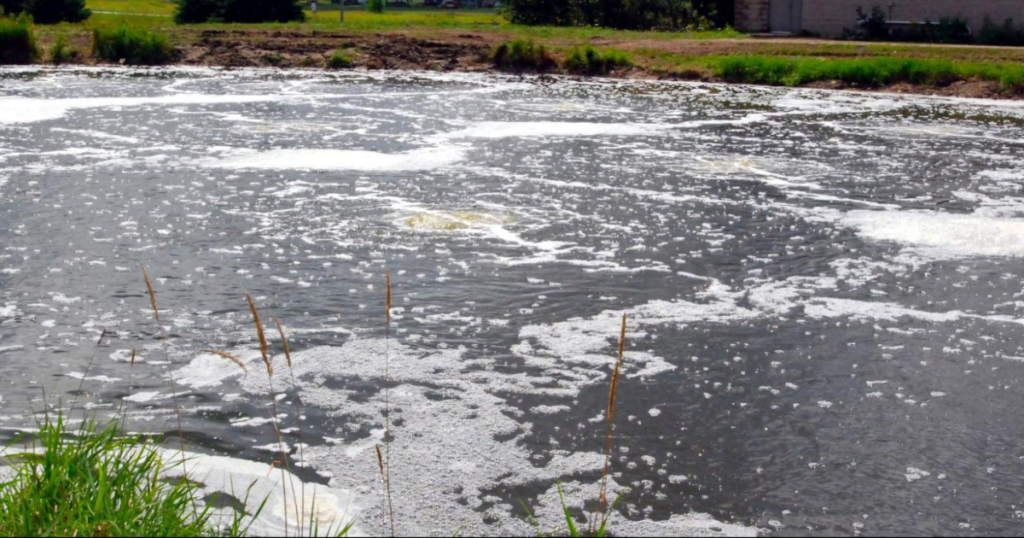
Installing or increasing aeration in a wastewater lagoon is a common strategy to improve nitrification and ammonia removal.
BioCord® Reactor installation underway in Gift Lake Metis Settlement
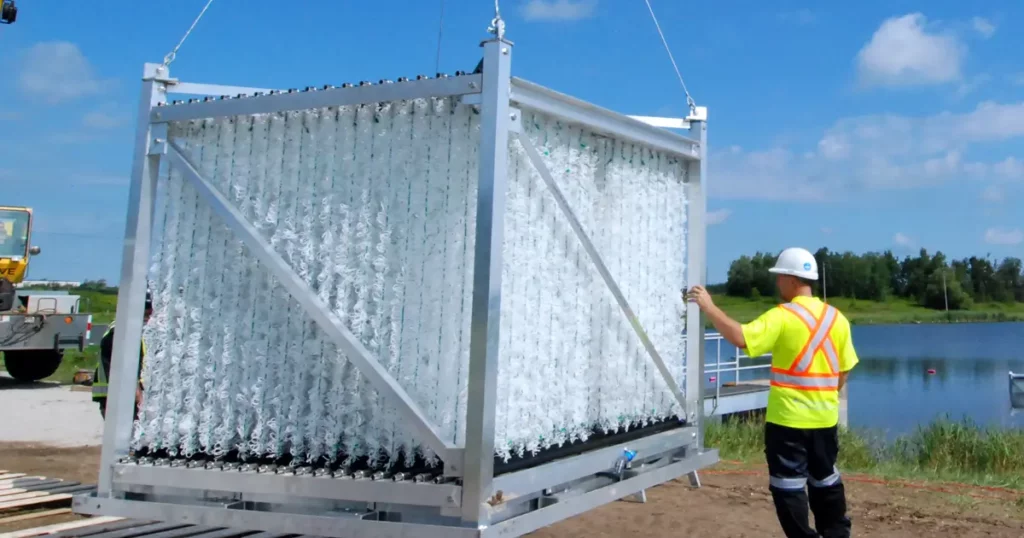
BioCord® Reactors are being installed in Northern Alberta, marking a significant milestone in a project to improve cold-weather performance for the lagoon system serving the Gift Lake Metis Settlement.
Quietly effective: Dewatering stormwater pond sediments with geotextiles and gravity
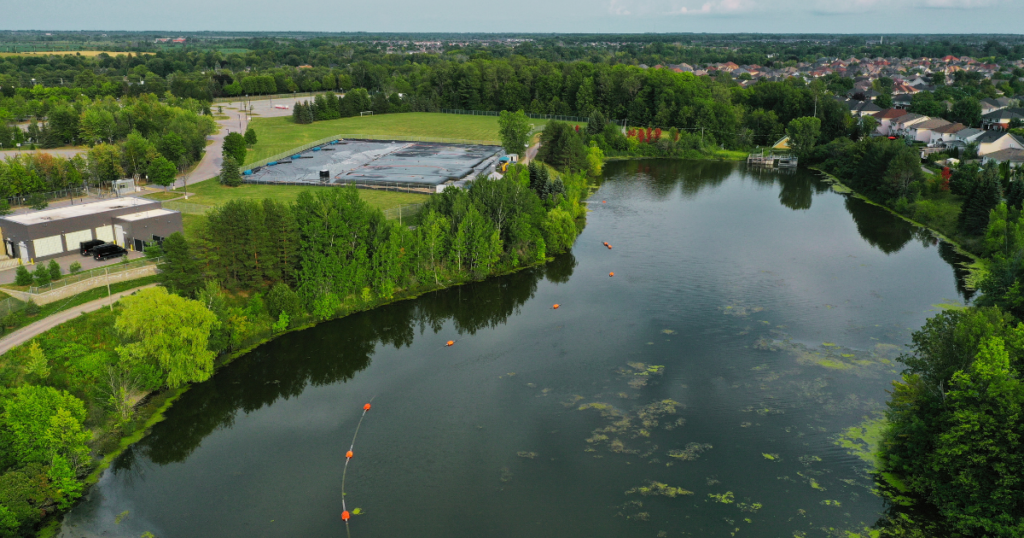
For those entrusted with the care and maintenance of stormwater management ponds, removing accumulated sediments is no small matter.
Unlocking hidden savings: What to consider when comparing the cost of chemical phosphorus removal
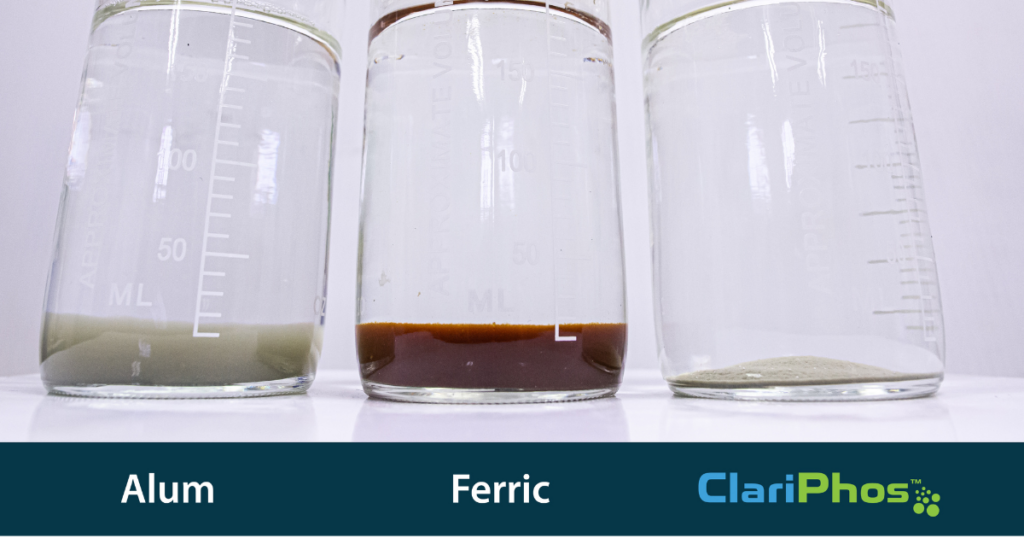
When choosing coagulants for phosphorus removal, it’s common to prioritize the cost of the chemical as a key factor in the decision-making process.
Mastering lagoon desludging projects: A proactive approach
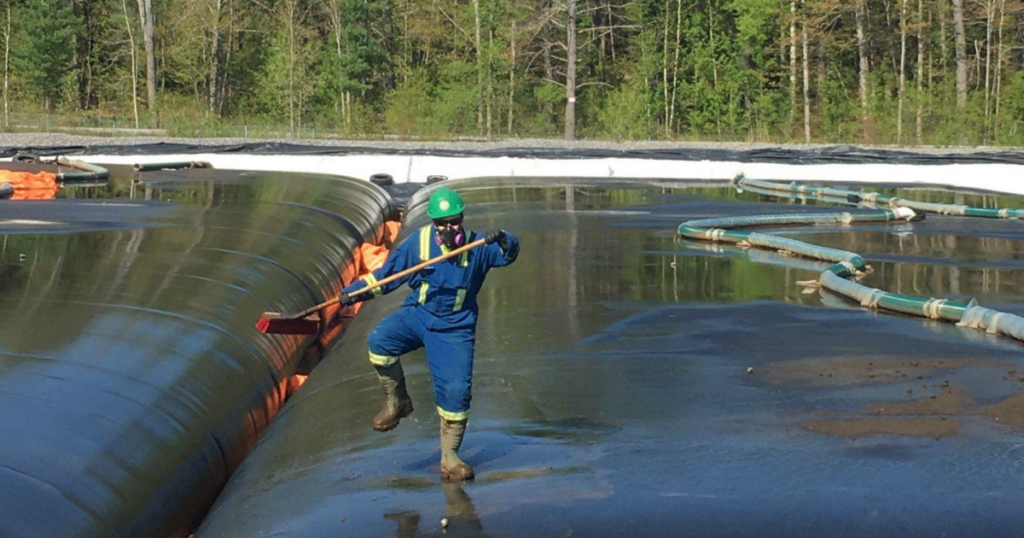
Removing accumulated sludge from a lagoon system is a fast, cost-effective way to restore treatment capacity and performance. But, a successful lagoon desludging project requires thoughtful planning and careful execution to sidestep potential pitfalls that could escalate costs and slow down production.
Future proofing your lagoon with BioCord Reactors
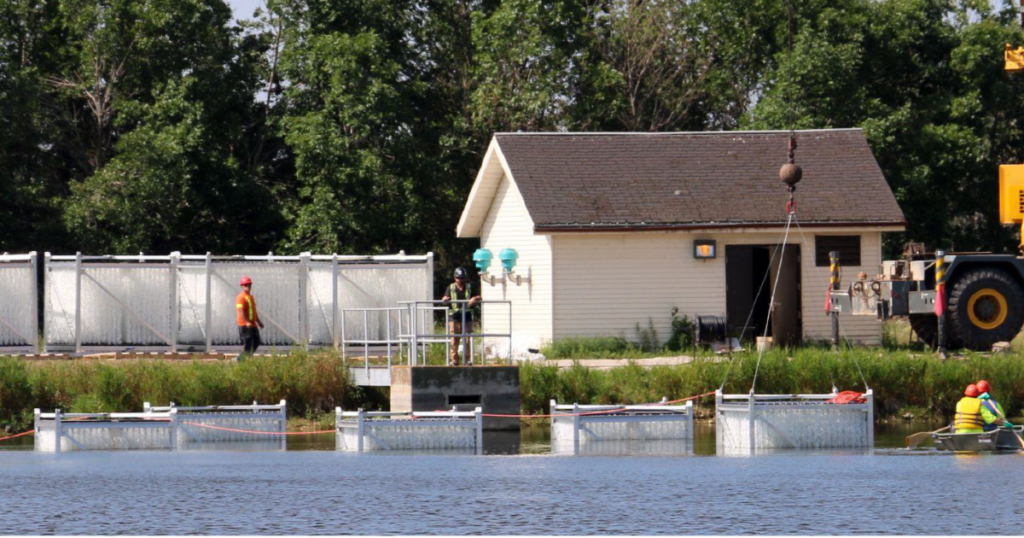
You’ve probably heard of future proofing for things like communication networks, buildings, and energy infrastructure, but what about wastewater treatment lagoons?
If you want to work for Bishop Water, our CEO says you need some attitude
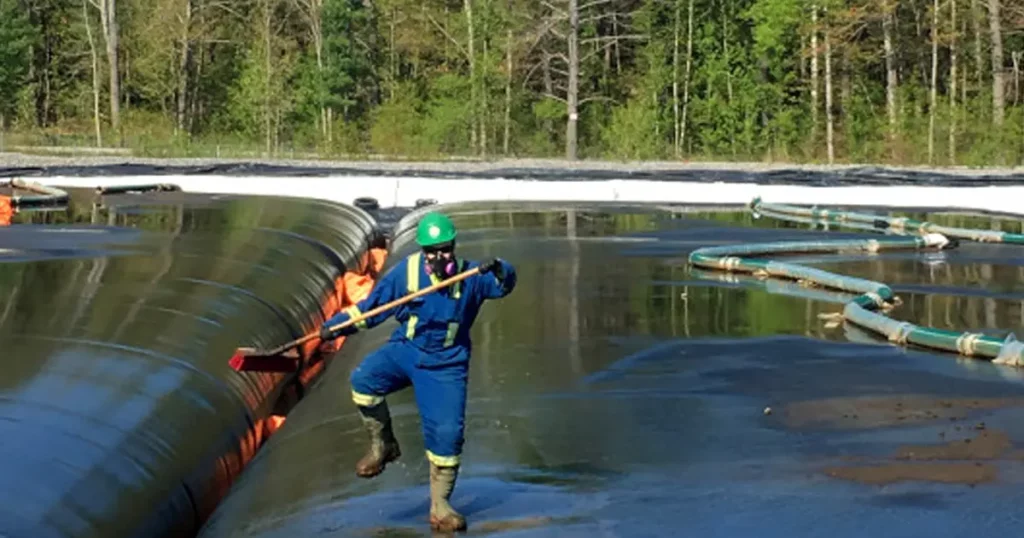
When it comes to building a successful clean-tech company, technical skills are typically thought to be the most desirable trait for new hires. However, according to Kevin Bossy, CEO of Bishop Water, while technical skills are important, it’s heart and desire that help find new innovations and really engage with customers.
Geotube® vs. belt press. Which one wins for sludge dewatering?
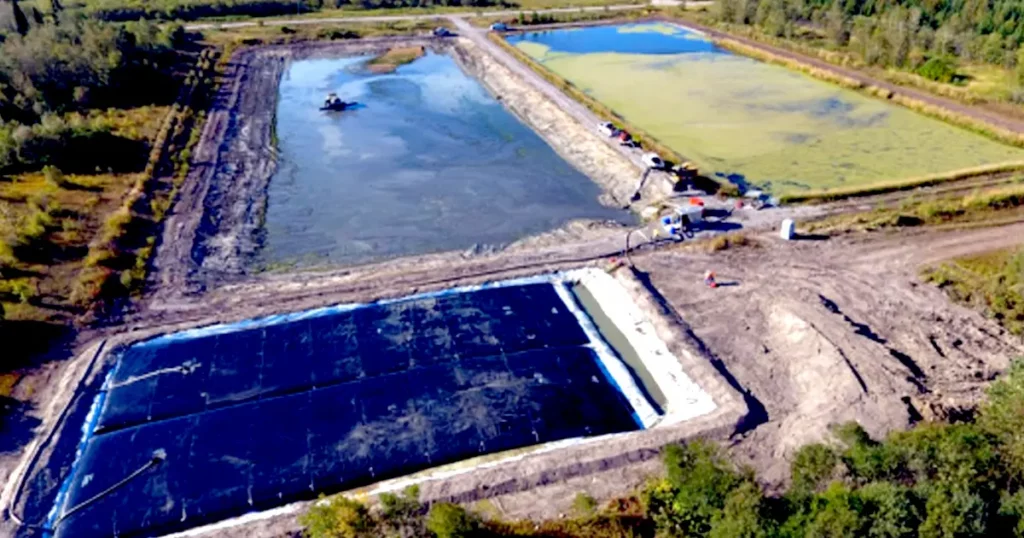
Gravity or pressure—which is more efficient when dewatering wastewater sludge? Both are proven methods to remove water from slurry and produce a cake that can be handled for disposal or land application.
VEPAS Maintenance: Our simple polymer system takes minutes—not hours—to clean

VEPAS eliminates many of the components in mechanical polymer systems that take so much time to clean, like mixers and aging tanks.

